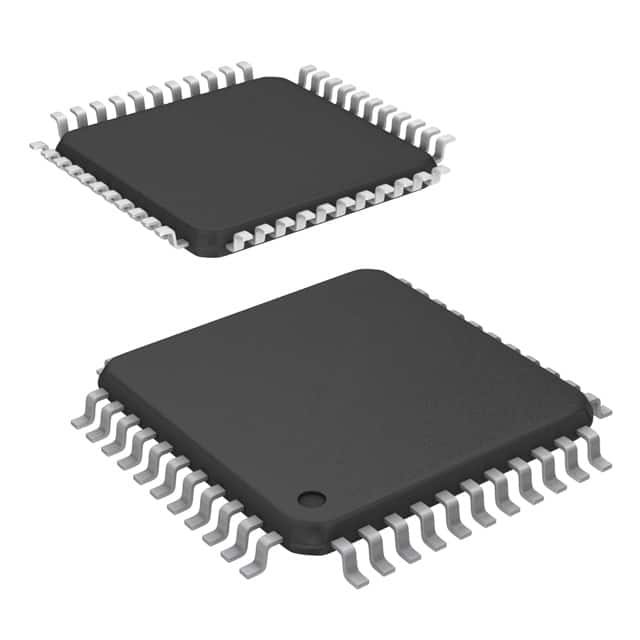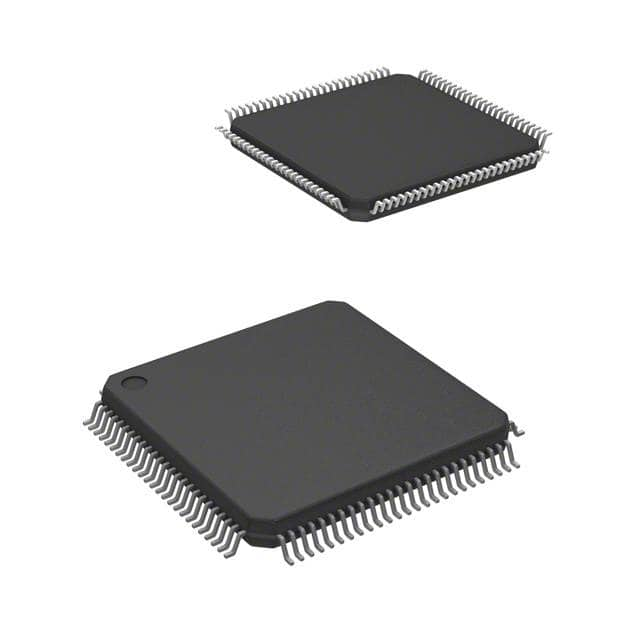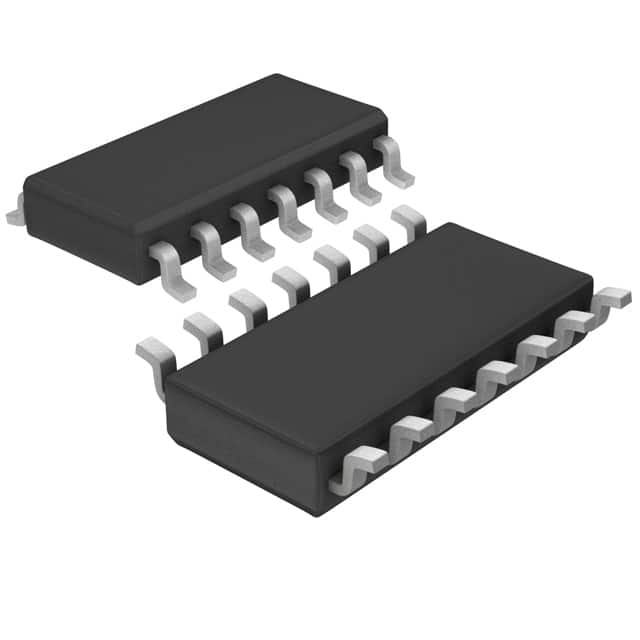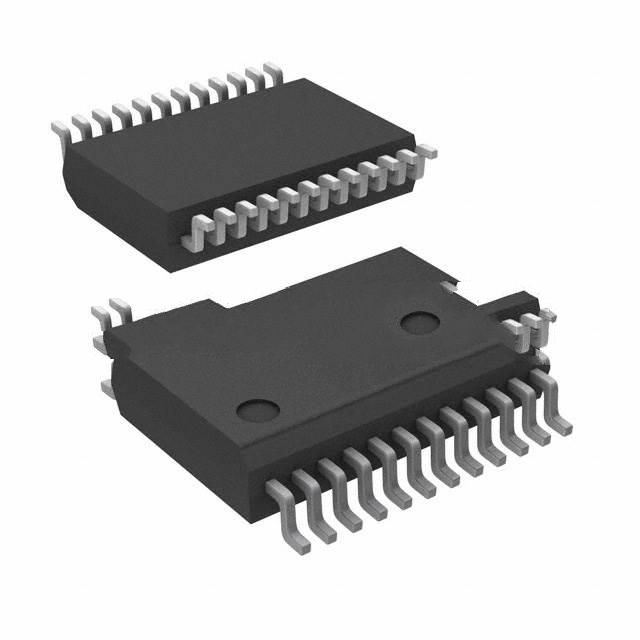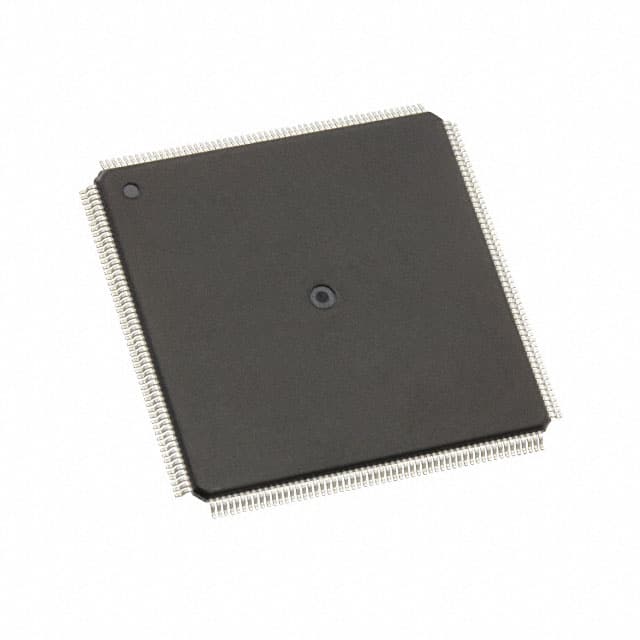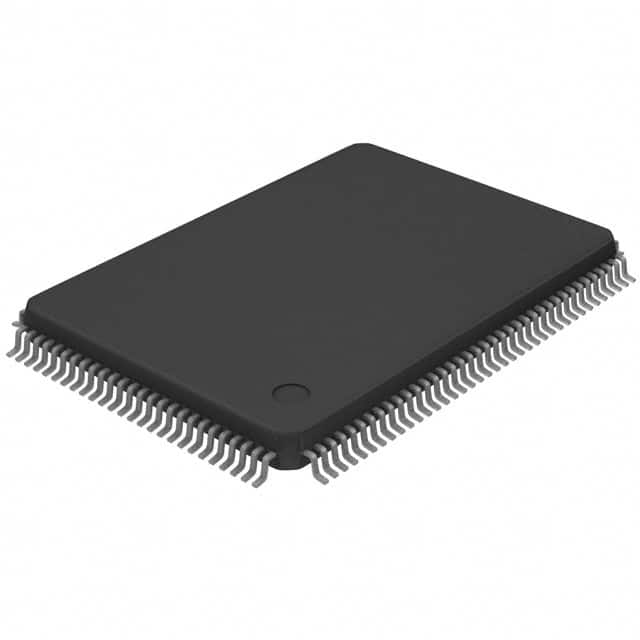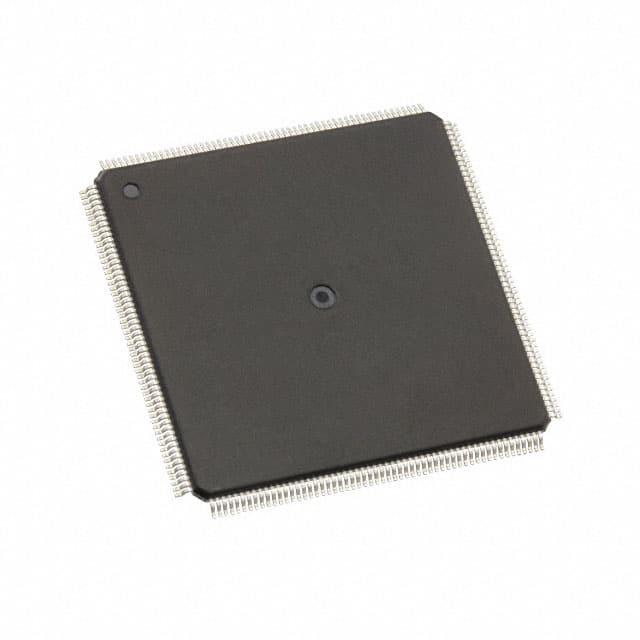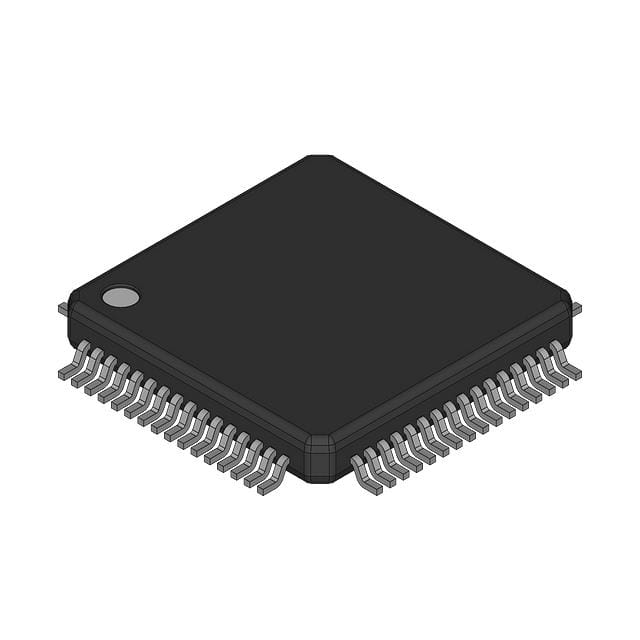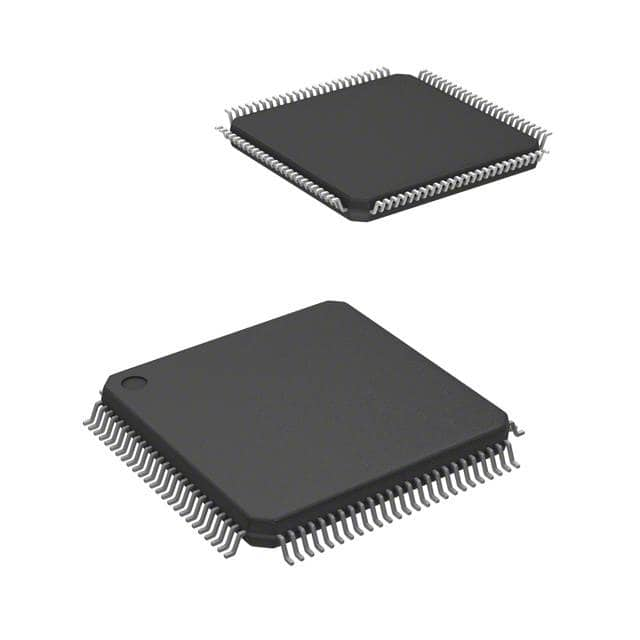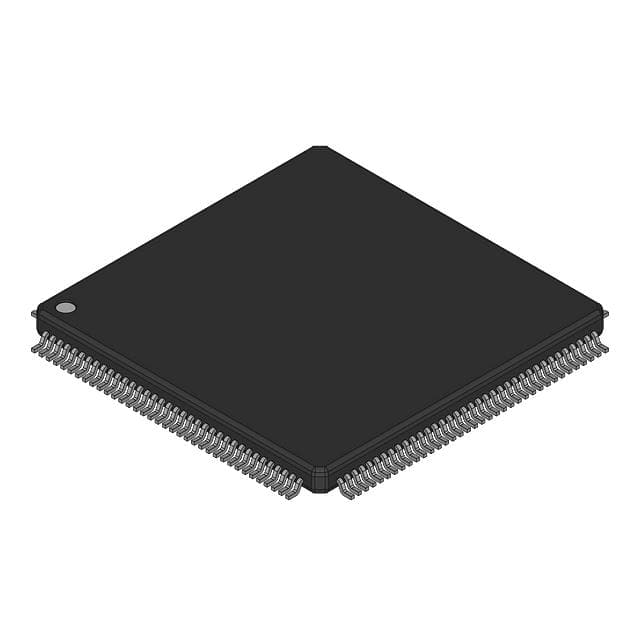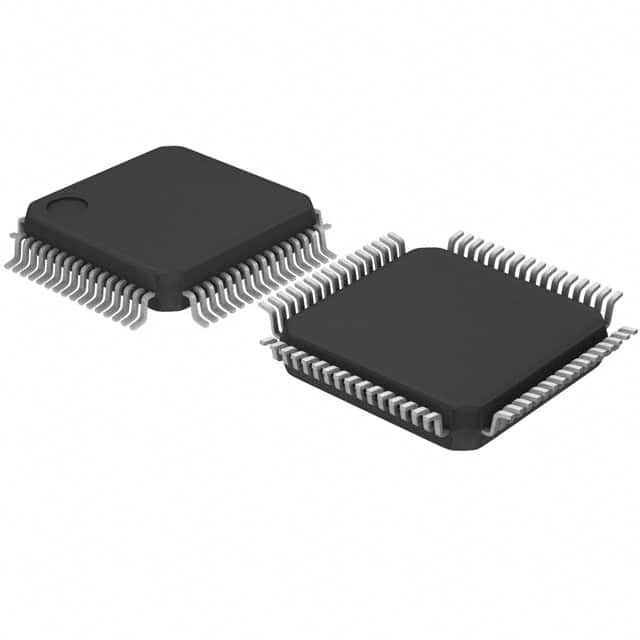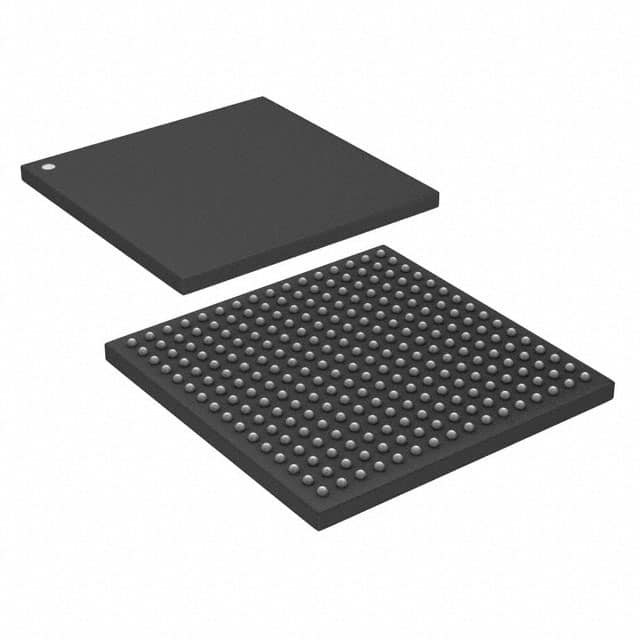DS2148TN+ Product Introduction:
Maxim Integrated Part Number DS2148TN+(Interface - Telecom), developed and manufactured by Maxim Integrated, distributed globally by Jinftry. We distribute various electronic components from world-renowned brands and provide one-stop services, making us a trusted global electronic component distributor.
DS2148TN+ is one of the part numbers distributed by Jinftry, and you can learn about its specifications/configurations, package/case, Datasheet, and other information here. Electronic components are affected by supply and demand, and prices fluctuate frequently. If you have a demand, please do not hesitate to send us an RFQ or email us immediately sales@jinftry.com Please inquire about the real-time unit price, Data Code, Lead time, payment terms, and any other information you would like to know. We will do our best to provide you with a quotation and reply as soon as possible.
Introducing the Maxim Integrated DS2148TN+, the ultimate solution for all your communication needs. This versatile product is designed to provide seamless connectivity and enhanced performance in a wide range of applications.
The DS2148TN+ boasts an array of impressive features that make it stand out from the competition. With its high-speed data transfer capabilities, it ensures fast and reliable communication between devices. Its integrated UARTs and SPI interfaces enable easy integration into existing systems, making it a perfect choice for both new and retrofit projects.
This product is not only powerful but also highly flexible. It supports a wide range of protocols, including RS-232, RS-422, and RS-485, allowing for seamless communication across different platforms. Its low power consumption ensures energy efficiency, making it an ideal choice for battery-powered devices.
The DS2148TN+ finds its application in various fields. It is perfect for industrial automation, where reliable and efficient communication is crucial. It is also well-suited for automotive applications, providing seamless connectivity between different components. Additionally, it can be used in consumer electronics, medical devices, and telecommunications equipment.
In conclusion, the Maxim Integrated DS2148TN+ is a game-changer in the world of communication solutions. With its impressive features and wide range of applications, it is the go-to choice for anyone looking for reliable and efficient connectivity.
Interface - Telecom is an integrated circuit specifically designed to achieve signal conversion and protocol adaptation between different devices in communication networks. This type of interface typically integrates multiple communication standards and interface protocols, such as PSTN (Public Switched Telephone Network), ISDN (Integrated Services Digital Network), DSL (Digital User Line), GPON (Gigabit Passive Optical Network), etc., to facilitate seamless data transmission in complex telecommunications environments. The design principle of telecommunications interface chips is based on the understanding and implementation of telecommunications network protocol stacks. Through built-in hardware logic, they achieve functions such as signal encoding, decoding, synchronization, and error detection. Its characteristics include high reliability, low latency, wide compatibility, and adaptability to harsh environments, making it a key component in building modern communication infrastructure.
Application
Interface - Telecom plays a core role in the communication industry and is widely used in fixed and mobile communication networks, including but not limited to telephone switches, base stations, routers, modems, gateways, optical network units (ONUs), cable modem head end systems (CMTS), and other equipment. In these applications, the telecommunications interface is responsible for processing the conversion between analog and digital signals, supporting the transmission of various services such as voice, data, and video. In addition, with the development of the Internet of Things (IoT), 5G technology and edge computing, telecommunications interfaces are increasingly integrated into smart grids, smart cities, telemedicine, autonomous vehicles and industrial automation systems to provide stable, high-speed data connections and promote real-time information sharing and processing.
FAQ about Interface - Telecom
-
1. What are the common types of telecom interfaces?
There are several types of telecom interfaces, including:
RJ11: Used for telephone lines.
RJ45: Used for Ethernet connections.
Fiber optic interface: used for high-speed data transmission.
BNC (coaxial cable) interface: commonly used for video and communication signals.
E1/T1 interface: used for digital communication lines.
-
2. How to choose the right telecom interface?
When choosing a telecom interface, you need to consider the bandwidth requirement, transmission distance, signal type (analog or digital), type of connected devices (e.g., telephones, routers, switches) as well as the reliability of the interface and the compatibility of standards (e.g., ITU, IEEE, etc.).
-
3. What is an ISDN interface and how is it used in telecommunications?
The ISDN (Integrated Services Digital Network) interface is a standard for transmitting voice, video, and data that is widely used in telephone networks and corporate communications systems.ISDN BRI provides two 64 Kbps B channels and one 16 Kbps D channel for voice and data services.
 Lead free / RoHS Compliant
Lead free / RoHS Compliant



